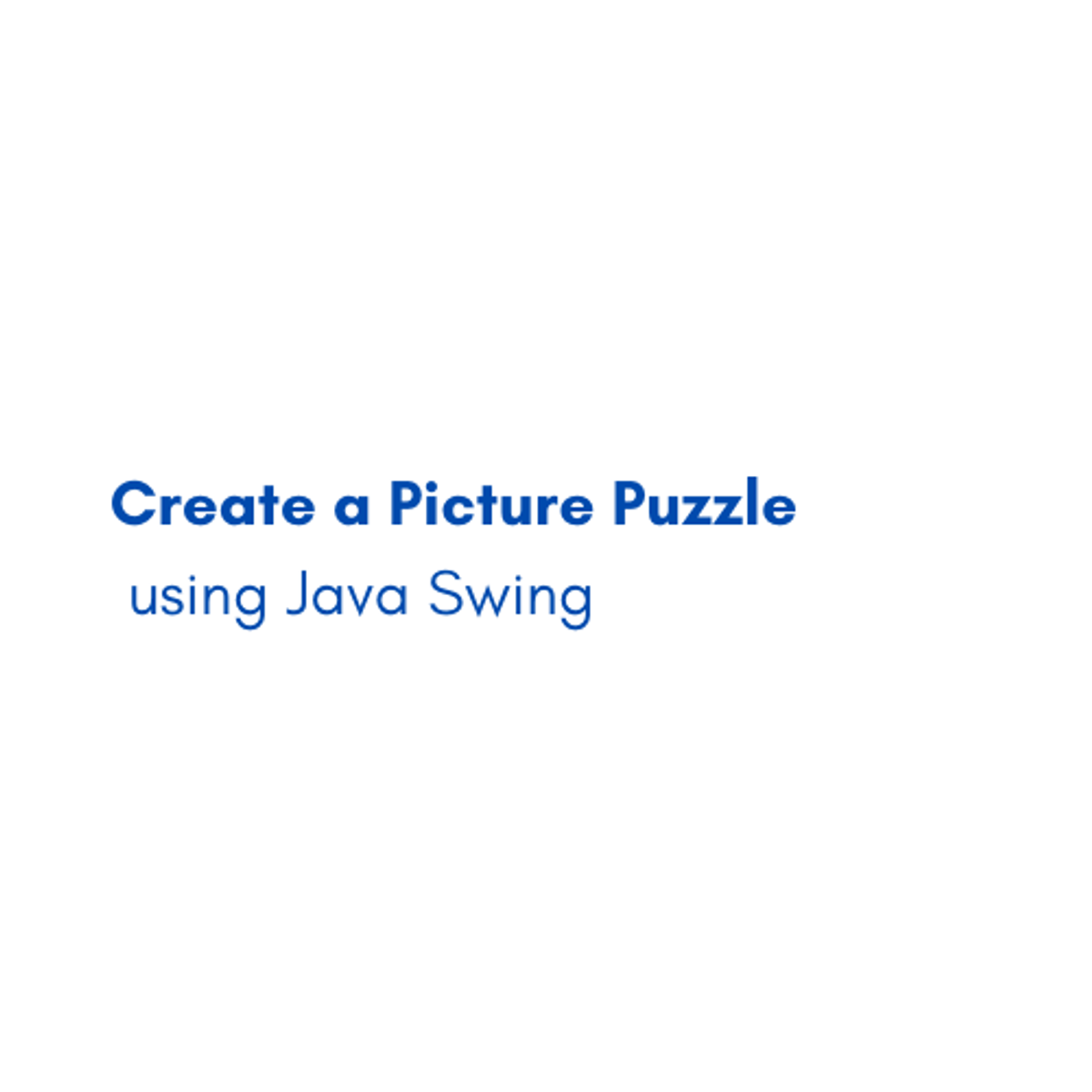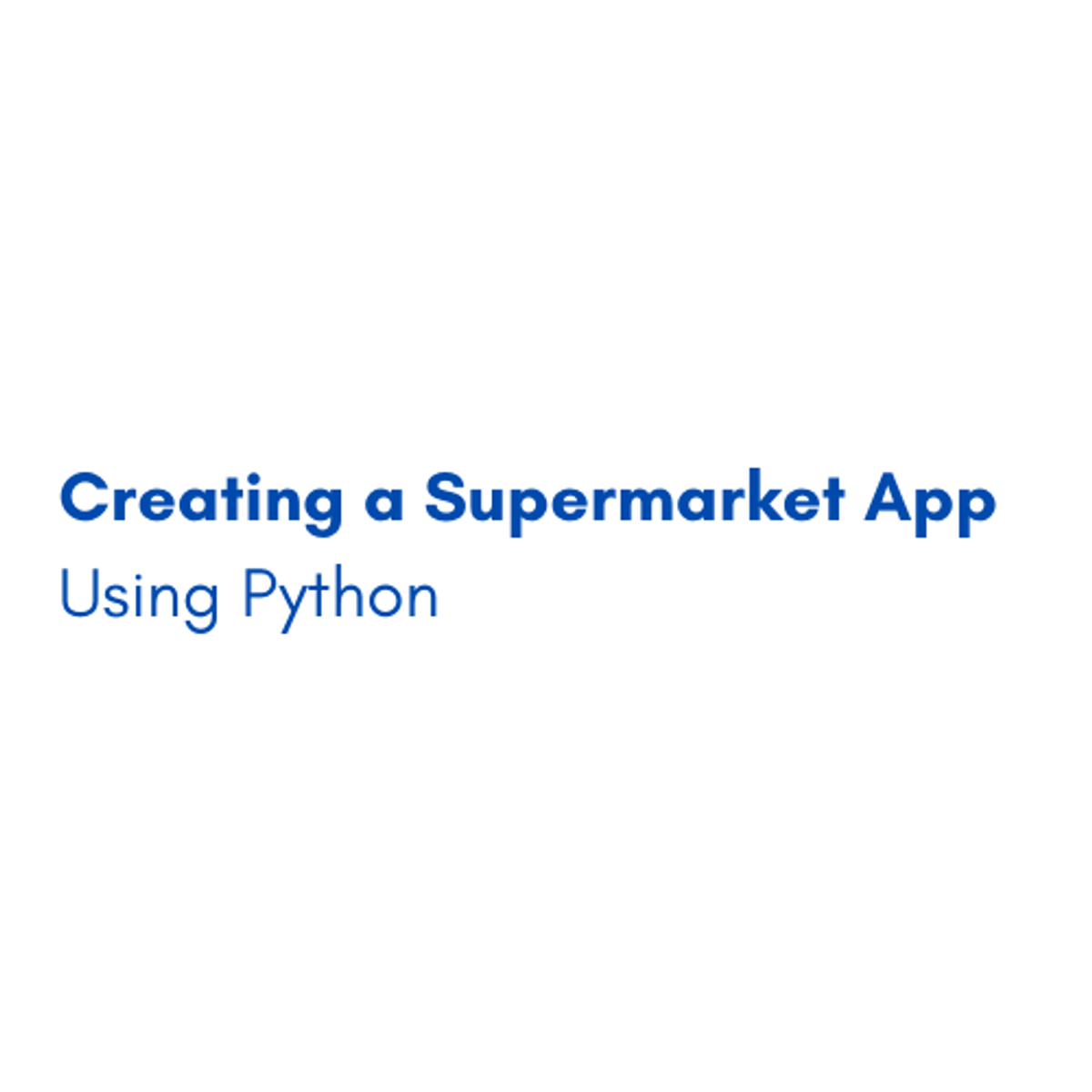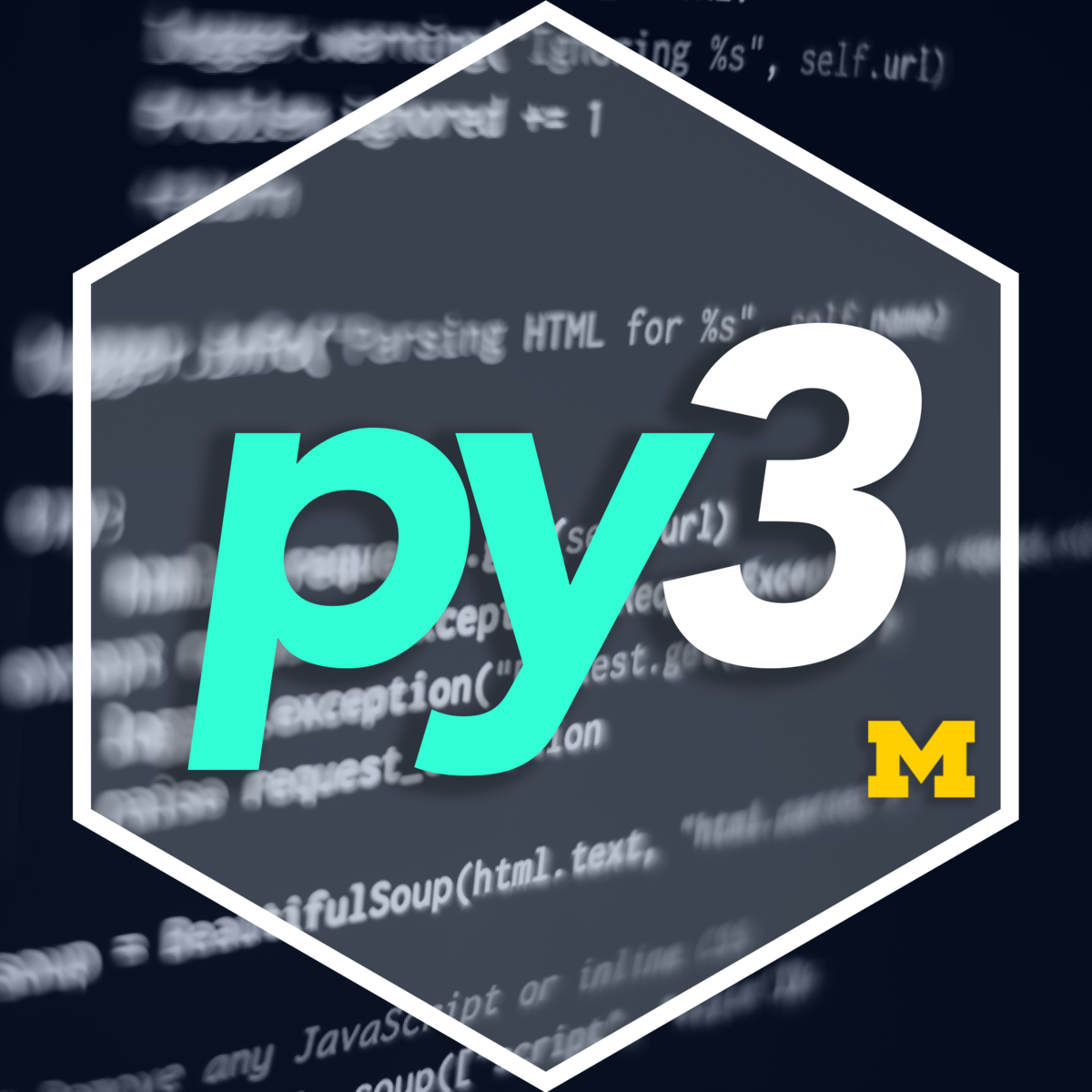Back to Courses









Computer Science Courses - Page 67
Showing results 661-670 of 2309

Enhance User Interface Design with Mood Boards in Miro
By the end of this project, you will be able to create a mood board that can be leveraged to enhance user interface design.
To do this, you will gain hands-on experience applying design thinking, user interface knowledge, and context from each step of the customer journey to create a mood board in the Miro online visual collaboration platform for teamwork.
Note: This course works best for learners who are based in the North America region. We’re currently working on providing the same experience in other regions.

Managing Cybersecurity Incidents and Disasters
Most organizations plan for routine operations, but what happens when unexpected events overtake the routine? This course examines contingency planning used to prepare for and manage non-normal operations, including cybersecurity incidents – like hacking attempts, web site defacement, denial of service attacks, information disclosures; a well as other natural and man-made cybersecurity disasters.
In this course, a learner will be able to:
● Define and describe the components of a cybersecurity contingency planning program
● Identify the components and structure of an effective cybersecurity incident response program
● Identify the components and structure of an effective cybersecurity disaster recovery program
● Define and describe recommended contingency strategies including data backup and recovery and continuity of cybersecurity operations.

Create a Picture Puzzle using Java Swing
In this 1-hour long project-based course, you will learn how to create a fully functioning picture puzzle game using Java and Swing toolkit. Java is one of the most in demand programming languages, and using the Swing toolkit with it will give you a chance to easily implement many game applications. Throughout the project, you will be able to identify and use most of the components inside the Swing toolkit , which includes creating and using JFrames, JPanels and all the necessary components you will require in order to create your own customized games using Java in Eclipse.
Note: This course works best for learners who are based in the North America region. We’re currently working on providing the same experience in other regions.

Creating a Supermarket App Using Python
By the end of this project, you will be able to code a fully functioning supermarket system using Python programming language. Throughout this guided project, you will be able to identify and apply more intermediate concepts in Python, such as dictionaries and exception handling, to be used with the basic python concepts, such as if conditions and loops. Each part of this project will prepare you to code on your own in Python language, whether to construct a supermarket system or simple coding.
Note: This course works best for learners who are based in the North America region. We’re currently working on providing the same experience in other regions.

Introduction to Cloud Computing
This course introduces you to the core concepts of cloud computing. You gain the foundational knowledge required for understanding cloud computing from a business perspective as also for becoming a cloud practitioner. You understand the definition and essential characteristics of cloud computing, its history, the business case for cloud computing, and emerging technology usecases enabled by cloud. We introduce you to some of the prominent service providers of our times (e.g. AWS, Google, IBM, Microsoft, etc.) the services they offer, and look at some case studies of cloud computing across industry verticals.
You learn about the various cloud service models (IaaS, PaaS, SaaS) and deployment models (Public, Private, Hybrid) and the key components of a cloud infrastructure (VMs, Networking, Storage - File, Block, Object, CDN). We also cover emergent cloud trends and practices including - Hybrid Multicloud, Microservices, Serverless, DevOps, Cloud Native and Application Modernization. And we go over the basics of cloud security, monitoring, and different job roles in the cloud industry.
Even though this course does not require any prior cloud computing or programming experience, by the end of the course, you will have created your own account on IBM Cloud and gained some hands-on experience by provisioning a cloud service and working with it.
This course is suitable for a large variety of audiences - whether you are an executive / manager / student who wants to become familiar with cloud computing terminology and concepts, or someone who wants foundational grounding in cloud computing to start a career in this field or become a cloud practitioner - such as a cloud engineer, developer, analyst, etc.
The completion of this course also makes you eligible to earn the Cloud Computing Core IBM digital badge. More information about the badge can be found here: https://www.youracclaim.com/org/ibm/badge/introduction-to-cloud-computing

Information Extraction from Free Text Data in Health
In this MOOC, you will be introduced to advanced machine learning and natural language
processing techniques to parse and extract information from unstructured text documents in
healthcare, such as clinical notes, radiology reports, and discharge summaries. Whether you are an aspiring data scientist or an early or mid-career professional in data science or information technology in healthcare, it is critical that you keep up-to-date your skills in information extraction and analysis.
To be successful in this course, you should build on the concepts learned through other intermediate-level MOOC courses and specializations in Data Science offered by the University of Michigan, so you will be able to delve deeper into challenges in recognizing medical entities in health-related documents, extracting clinical information, addressing ambiguity and polysemy to tag them with correct concept types, and develop tools and techniques to analyze new genres of health information.
By the end of this course, you will be able to:
Identify text mining approaches needed to identify and extract different kinds of information from health-related text data
Create an end-to-end NLP pipeline to extract medical concepts from clinical free text using one terminology resource
Differentiate how training deep learning models differ from training traditional machine learning models
Configure a deep neural network model to detect adverse events from drug reviews
List the pros and cons of Deep Learning approaches."

Aruba Mobility Basics
In Aruba Mobility Basics, you will learn how Radio Frequency (RF) works! You will compare the differences between a wired and a wireless network, identify WLAN organizations that set Wi-Fi standards and the basics of radio communication. This course introduces you to what goes into setting up a wireless network and how wireless functions at a basic level without requiring any technical experience. Typical candidates for this course are individuals who are new to networking and want to learn the basics of wireless networking.

Python Project: pillow, tesseract, and opencv
This course will walk you through a hands-on project suitable for a portfolio. You will be introduced to third-party APIs and will be shown how to manipulate images using the Python imaging library (pillow), how to apply optical character recognition to images to recognize text (tesseract and py-tesseract), and how to identify faces in images using the popular opencv library. By the end of the course you will have worked with three different libraries available for Python 3 to create a real-world data-analysis project.
The course is best-suited for learners who have taken the first four courses of the Python 3 Programming Specialization. Learners who already have Python programming skills but want to practice with a hands-on, real-world data-analysis project can also benefit from this course.
This is the fifth and final course in the Python 3 Programming Specialization.

COBOL Programming with VSCode
Professor Tak Auyeung of American River College, said it beautifully, “A programming language is not a fashion statement” it is used for a purpose. Whether it is to add new features, modify logic, create APIs to integrate it into other applications, or implement modern development practices, businesses around the world need application developers who know COBOL.
This introductory COBOL course helps a novice learn the Structure of COBOL programs, Data types & Variable Handling, Intrinsic Functions, Branching logic and more. The goal of the course is to enable the participant to be able to write basic COBOL programs. This is a fantastic compliment to the IBM z/OS Practitioner path for the IBM Mainframe.
Join the COBOL Fridays web series. These webinars are curated for first-time programmers, lifelong learners, and anyone who's interested in learning COBOL. http://ibm.biz/cfcoursera
On successful completion of this course, learners are eligible to earn their COBOL Programming with VSCode badge.

Create an FPS Weapon in Unity (Part 3 -Damage Effects)
In this one-hour, project-based course, you'll learn how to create and configure properties for a weapon. This project covers managing the health of destructible objects, setting up the weapon's damage, firing rate and force, and adding effects to the destroyed objects.
The guided project will introduce you to the following Unity concepts:
- Prefabs
- Particle Effects
- Physics
- Game mechanics such as weapon cool-down and applying force
- Coding techniques such as Interfaces
This is Part 3 of a four-part series on creating a weapon for your FPS game. In Part 1, we covered equipping your FPS player with a gun. In Part 2, we learned how to create visual effects when your player fires the gun. Lastly, in Part 4, we will walk you through the steps for adding ammunition, reloading the weapon and creating magazines and other weapons.
This is a stand-alone guided project, but because this is a continuation of previous parts in the "FPS Weapon" series, it is recommended that you complete the first parts before commencing this guided project.
This series also makes use of the western-themed Unity project created in Control physics with C# in Unity and the VM-compatible FPS Player script written in Create a VM Compatible First Person Camera. These compliment this guided project and, although not prerequisites, are recommended for a more well-rounded understanding of the concepts presented herein.
